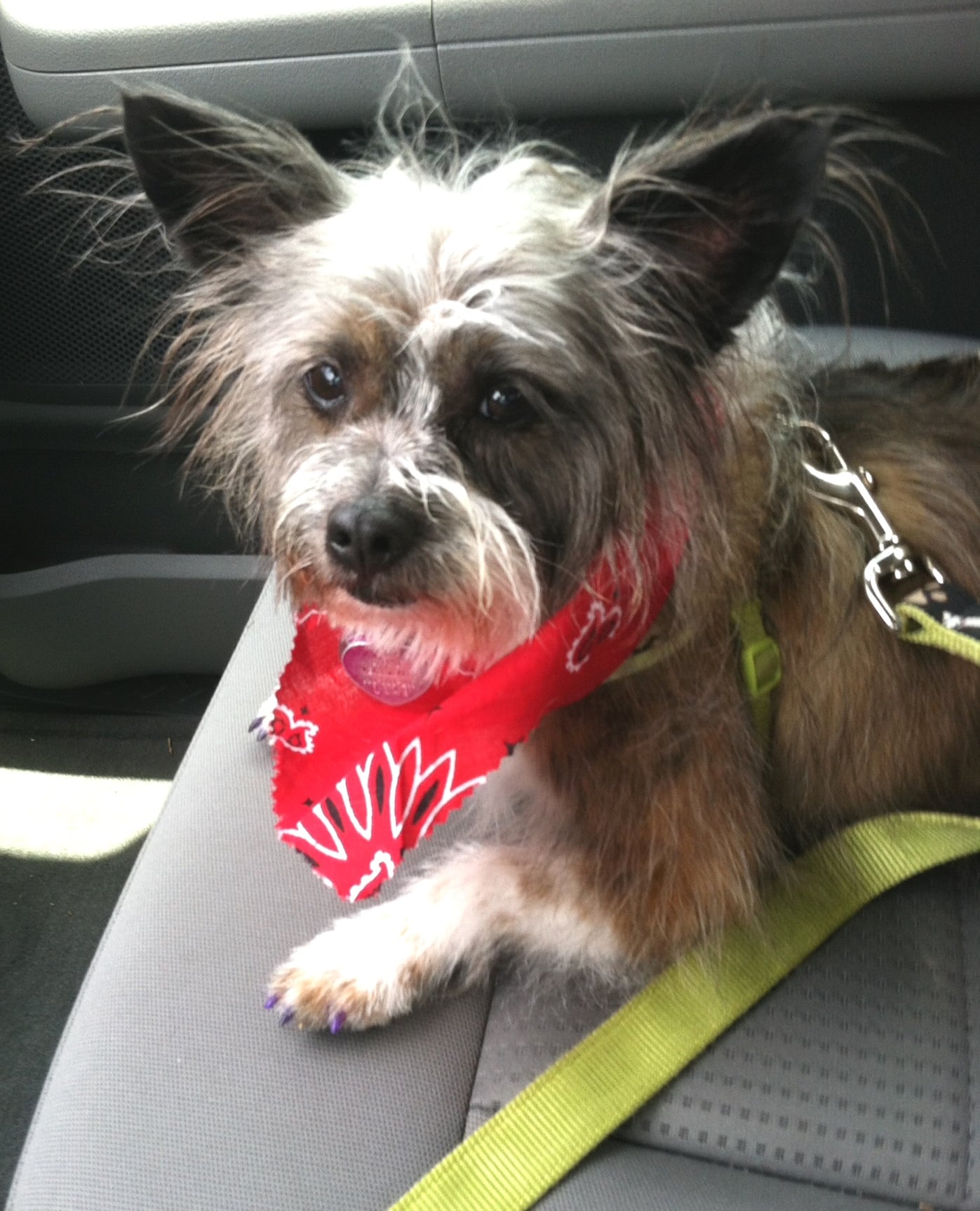Should Pets Be Sedated During Air Travel?
 Understanding the Risks of Pet Sedation During Air Travel
Understanding the Risks of Pet Sedation During Air Travel
When it comes to flying with pets, one common question that pet owners often ask is whether they should sedate their pets during air travel. At PetRelocation, our straightforward answer is NO. Sedation carries various risks and is not recommended for pets during air travel.
According to the American Veterinary Medical Association (AVMA), sedating cats or dogs during air travel may increase the risk of heart and respiratory problems. Except in unusual circumstances, veterinarians should not dispense sedatives to transport animals.
The Risks of Sedating Pets for Air Travel
Sedating cats or dogs during air travel can increase the risk of heart and respiratory problems. According to the American Veterinary Medical Association (AVMA), sedatives should not be dispensed for transporting animals except in rare circumstances. Cargo holds in aircraft are pressurized at high altitudes, and the effects of sedation at 8,000 feet or higher are poorly understood. Some animals may react abnormally to sedatives, and there have been cases where sedated pets required veterinary care or could not be revived after air travel.
Sedation can also impair an animal's natural ability to balance and maintain equilibrium. If the kennel is moved during transport, sedated animals may be unable to brace themselves, increasing the risk of injury.
Safer Alternatives to Sedation
Instead of sedation, crate training is a recommended and effective way to prepare pets for air travel. By familiarizing pets with their travel crate ahead of time and creating a positive association with it, pets can feel more secure and relaxed during air travel. Crate training reduces the risk of anxiety or discomfort, eliminating the need for sedation.
You can explore our tips for crate-training cats and crate-training dogs for more information on crate training. PetRelocation offers various services, including consultations and assistance with customs and quarantine requirements, to help pet owners ensure safe and comfortable transport.
If you have questions about pet travel or need expert guidance, contact PetRelocation to discuss safe pet transport options.
Here are a few crate training tips for cats and dogs. Rather than sedation, consider crate training the kindest and smartest thing you can do for your pets as you prepare them to fly domestically or internationally.
